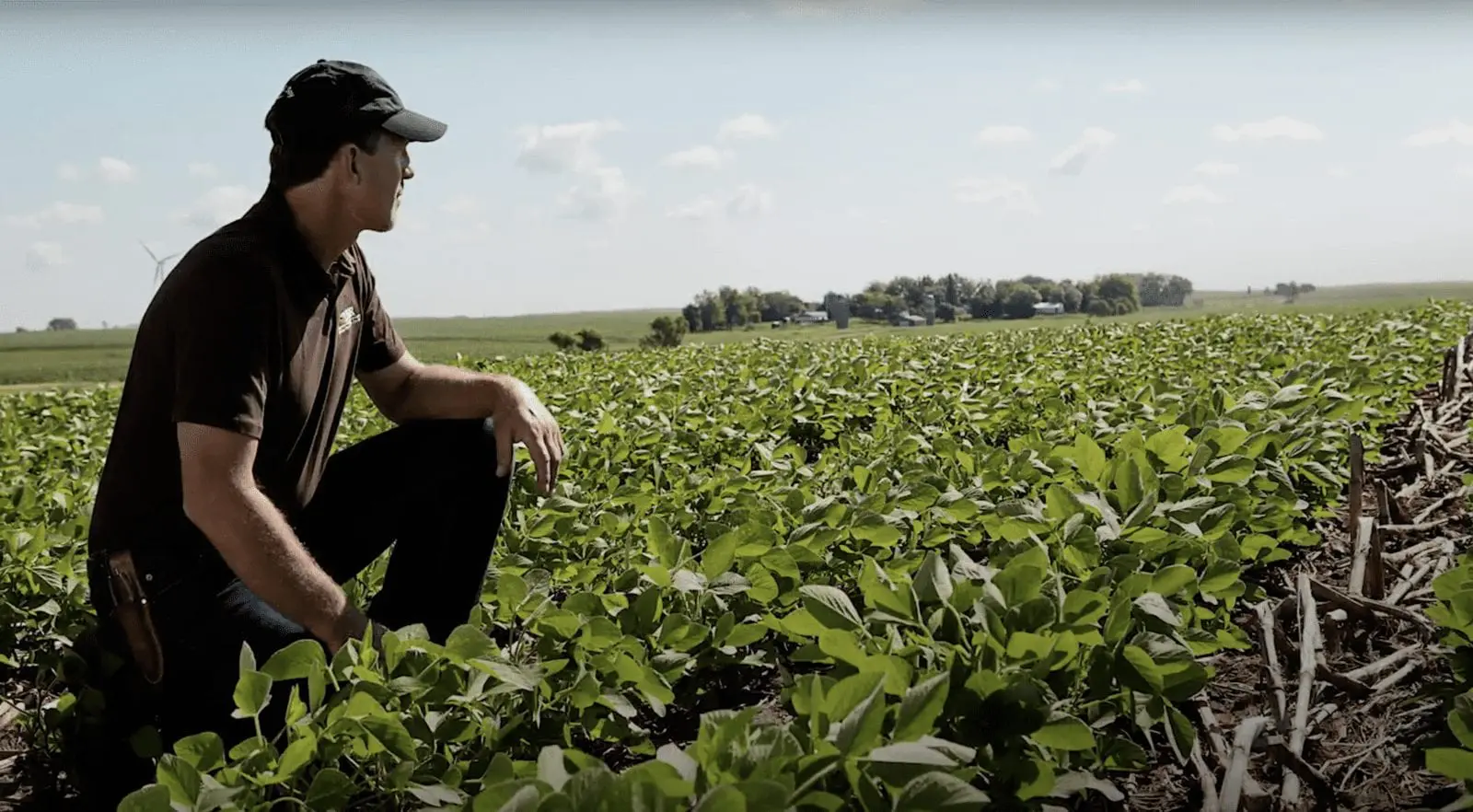The Asian Growth Center (China south to Philippines east to India) is experiencing great growth in food consumption but has limited acreage available for cultivation. The current situation presents two key challenges: how to meet the increase in food consumption and how to deliver this food to the people.
The Asian Growth Center accounts for 52 percent of the world population. The area consists of extreme poverty that is enjoying economic growth, which is very important for commodity consumption but especially food products because as income increases, people with high disposable income respond by switching to high-end food products, eating at restaurants and could even hire a chef. Although they are spending more money on eating, the volume of coarse grains, wheat, and protein meals consumed might not increase. By comparison, as income increases, someone with less disposable income responds by adding ingredients to a basic diet. Eating tastier food often requires vegetable oil, meat, fruits and vegetables. Meat production requires feed rations of grains and protein meals that is converted into weight gain. For example, if 1.6 pounds of feed is required to add 1 pound of chicken, switching or just adding chicken to the dish results in an increase in per capita consumption of grains and protein meals. As meat consumption increases, a natural evolution is from backyard operations to commercial operations. Commercial operations are more efficient at converting feed rations into meat. The efficiency gain is due to feed rations that are more precise. The feed ration requires exact nutritional requirements that come from grains and soybean meal versus table scraps. African Swine Fever (ASF) is accelerating the trend towards commercial pork production, which will increase use of commercial feed rations.
From 2008 to 2017, the Asian Growth Center soybean per capita consumption increased 69 percent. The increase was driven by increased population, increased personal income, and India’s younger population more willing to eat meat. As is seen in the following chart, China per capita consumption of soybeans is very low and has plenty of room to grow. From 2018 to 2027, per capita consumption is forecast to increase 28 percent for soybeans. The reasons for the slowdown is a much higher starting level, national security concerns limiting imports, and pulling more acres into production requires higher price levels that reduce consumption.

Meeting the increase in food consumption in the Asian Growth Center requires a world effort. Yields have continued to increase as the quality of machinery, seeds and irrigation improves. Yields are expected to continue to increase, but additional acreage will need to be added. The additional marginal land will have lower yields than the average, which pulls the average yield gain down.
Total crop acreage in North America, Asia, Australia, and Europe is expected to replace some hay and fallow land. South America and Africa have the most land available to enter crop production, but South America is best suited to add the quantity of land required to meet world food consumption. Although Africa is often targeted for investment due to its available acreage and workforce, the investments have not had a significant impact. Nonetheless, Africa needs to be monitored closely.
With food consumption growing faster than production in the Asian Growth Center, the area will continue to be soybean deficit. As consumption increases over time, trade also increases. From 2008 to 2017, Asian Growth Center imports of soybeans increased 129 percent and over the next ten years, imports of soybeans are expected to 40 percent.
A tremendous amount of infrastructure investment has occurred in the Asian Growth Center and will have to continue. Examples of supply chain investments are new ports, deeper ports that can handle larger vessels, railroad tracks that service the ports, more sophisticated grain storage systems, and commercial animal operations. Other examples that are often ignored occur from marketplace to home. Marketplaces are converting from a wet market to a refrigerated store. Homeowners are investing in refrigeration, which allows them to buy more meat and vegetables on each trip to the market. The world agricultural community is meeting the challenge of feeding the world.
